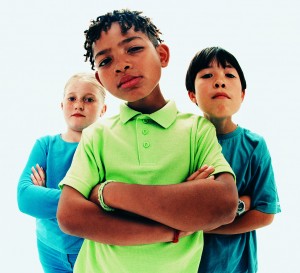Teaching cause and effect in a homeschool curriculum gives you lots of fun options. Causal relationships are all around us, giving plenty of real world experience with the concept.
 Importance of Cause and Effect
Importance of Cause and Effect
Why should you bother teaching cause and effect? Understanding the relationship between causes and effects helps kids in many areas.
• Understanding these relationships helps them learn how the world works. Kids are naturally curious. Their own curiosities about the world often involve cause and effect without them realizing it.
• Students are able to make predictions as they read either fiction or non-fiction books. This helps with their comprehension.
• History is full of cause and effect relationships. Understanding the concept helps the kids better understand historical events and how they are related.
• Science concepts are also full of these situations. Students can better predict the outcome of an experiment if they understand causal relationships.
Activities for Teaching Cause and Effect
• Demonstrations: Show the kids a cause and effect relationship for a concrete way to teach the subject. For example, you can pop a balloon without warning with a pin. The popping noise will grab the kids’ attention and lead into a discussion about causal relationships. The balloon popping is the effect. The kids identify the cause for the balloon popping which was poking it with a pin. Another cause and effect relationship could be the kids jumping caused by the popping sound. Use different cause and effect demonstrations over the course of several days to continue practicing the concept.
• Clue Words: There are several words that give clues to the cause and effect relationship. Some of these words include:
- since
- because
- therefore
- so
Help kids identify these words in written text to help find the two components of the relationship.
• Literature: Books such as If You Give a Mouse a Cookie illustrate causal relationships. The book is made up of a series of causes and effects. After reading the book, the kids name situations in the book that demonstrate the concept.
• Cause and Effect Chain: Start by stating an effect such as “I fell down.” The next person then states a potential cause of falling down such as “Because there was a banana peel on the floor.” The next person comes up with a cause for that statement such as “Because a monkey threw it there.” The chain continues until you can’t think of any other causes for the previous statement. Record the list of cause and effect relationships for review after the activity.
• Graphic Organizer: A simple cause and effect graphic organizer is useful for older kids as they read a written passage. You can make your own cause and effect graphic organizer by creating two columns, one for each part of the relationship. The students write down the two components of each cause and effect relationship they come across as they read.
• Writing: Encourage the kids to practice the concept by writing a cause and effect paragraph. They focus on including both causes and the resulting effects in a paragraph. Either fiction or nonfiction subjects work for this writing activity.
• History Timeline: Timelines are an easy way to document causal relationships. The events that fall first of the timeline are often the causes of events that fall further down the timeline. Drawing a timeline helps kids understand the relationships between the historical events you are discussing.
• Science Experiments: When conducting your regular science experiments and explorations, take time to emphasize predictions. Encourage kids to predict how the steps in the experiment will affect the outcome.
• Real World Examples: Look for examples of causal relationships in real life, even outside of your homeschooling time. Traffic stopping at a red light, a jar falling off the shelf at the grocery store, a lost child crying, a pot boiling on the stove and icicles forming on the roof are just a few of the examples you might see in an average day. Turn it into a game, challenging the kids to see how many examples they can find in a day.


